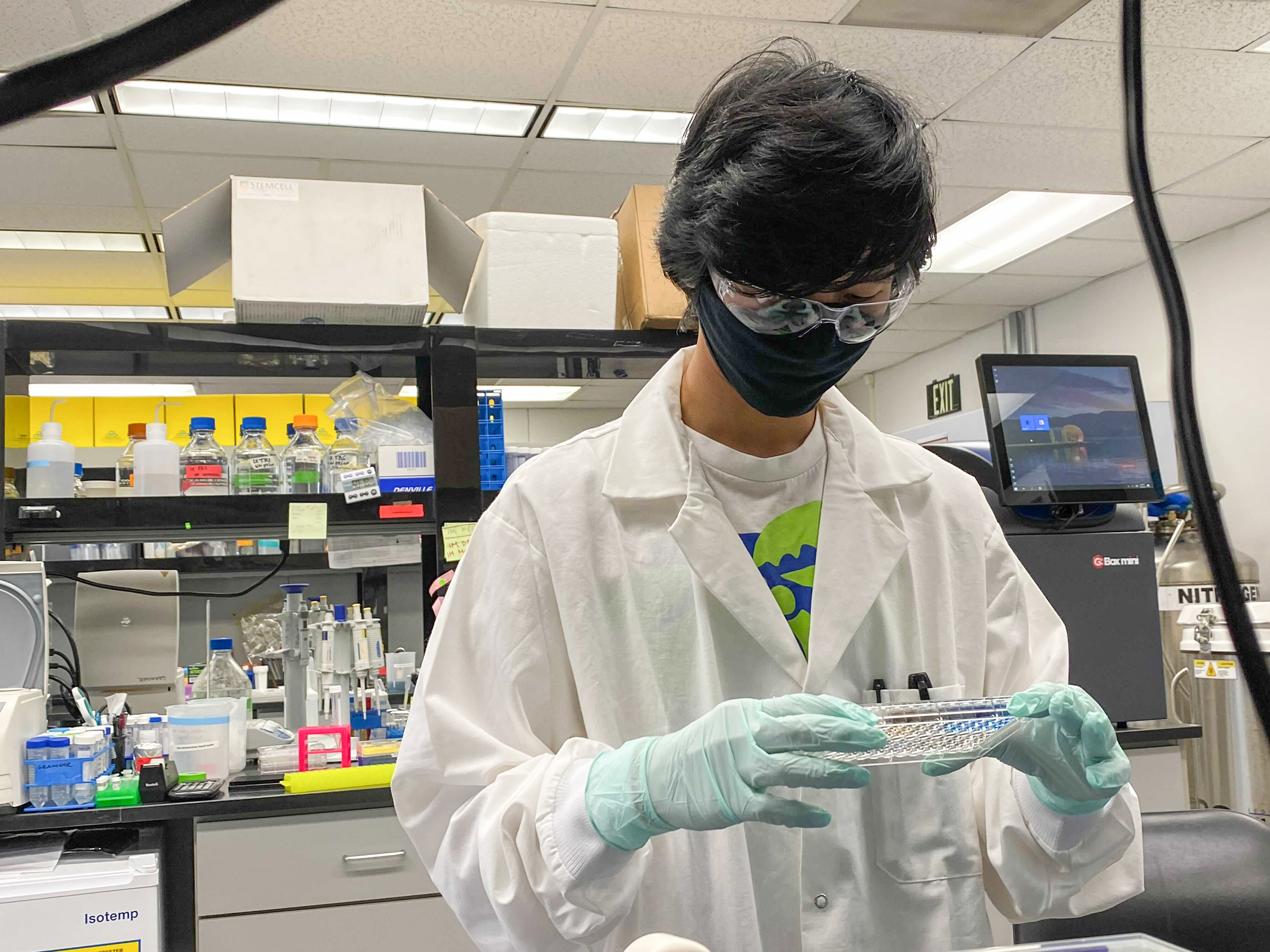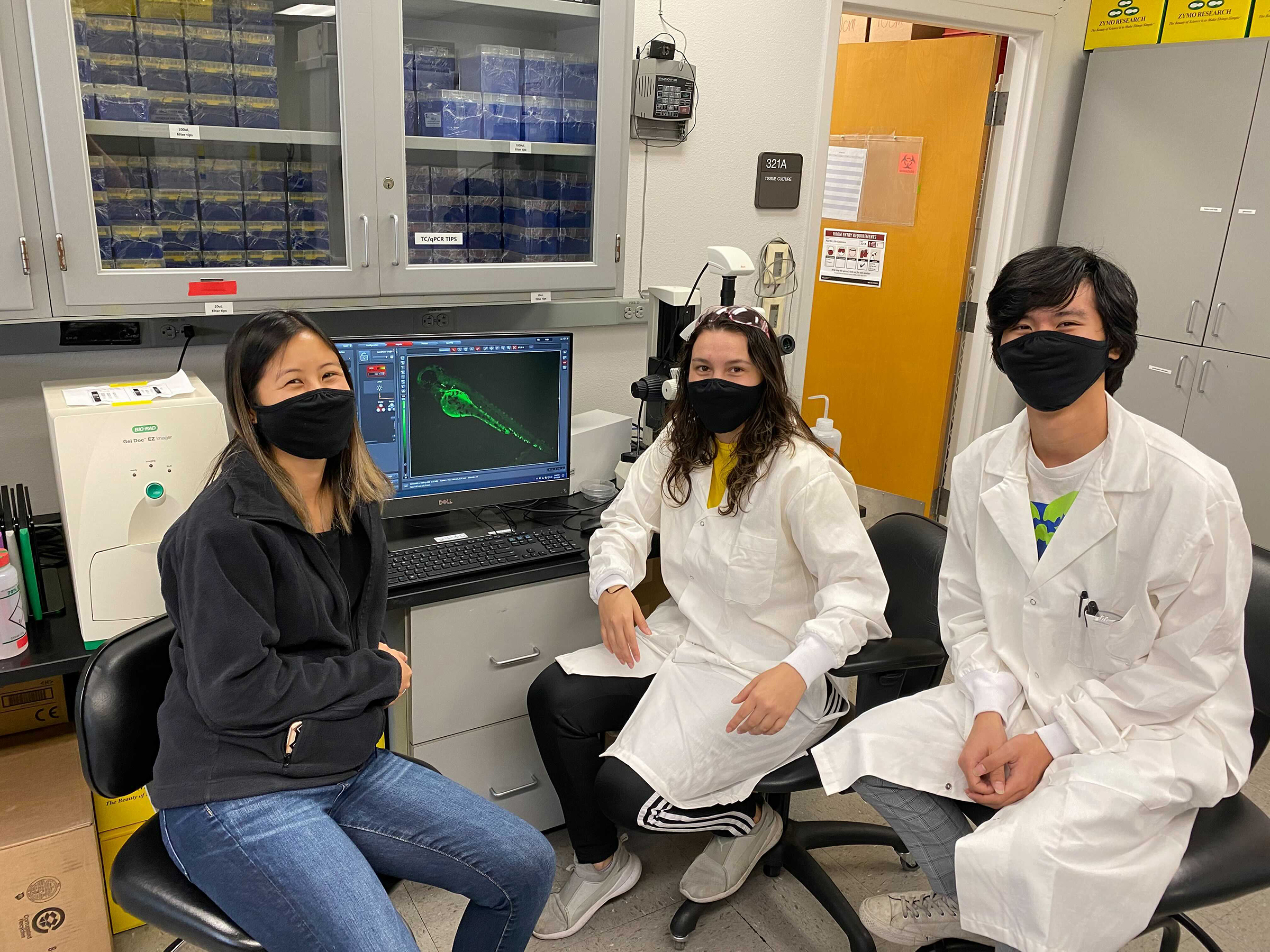Leveraging Stem Cell Biology to Cure Cancer
STEPHANIE GRAINGER
Biology
Biologist Stephanie Grainger studies how stem cells are made, maintained and become cancerous. Dr. Grainger explores how hematopoietic stem cells (HSCs) are developed and expanded, and has identified a specific Wnt protein that increases the number of HSCs during development in zebrafish and human pluripotent stem cells (hPSCs).
HSCs are the cells that make up the entire blood supply, and much of the immune system. They are also the curative cell in a bone marrow transplant—patients with blood cancers like leukemia have their diseased HSCs replaced with donor HSCs. Yet, matched donors are hard to come by. Making HSCs in a dish from hPSCs could circumvent the need for bone marrow donations. Dr. Grainger uses zebrafish to study the cell signals that make HSCs because they are transparent as HSCs develop. This enables her team to watch HSCs as they are born, in real time, and to assess how modulating different genes impacts HSC development.
The National Heart, Lung and Blood Institute supports this research (R00HL133458-04).

Undergraduate student Dwayne Sese examines his protein lysates.

Hematopoietic stem cells (green) in one of their endothelial cell niches (magenta), captured by confocal microscopy in a live 3 day old zebrafish.

Nikki Nguyen and Jasmine Chavez with a glowing zebrafish embryo.
Photos by Stephanie Grainger
